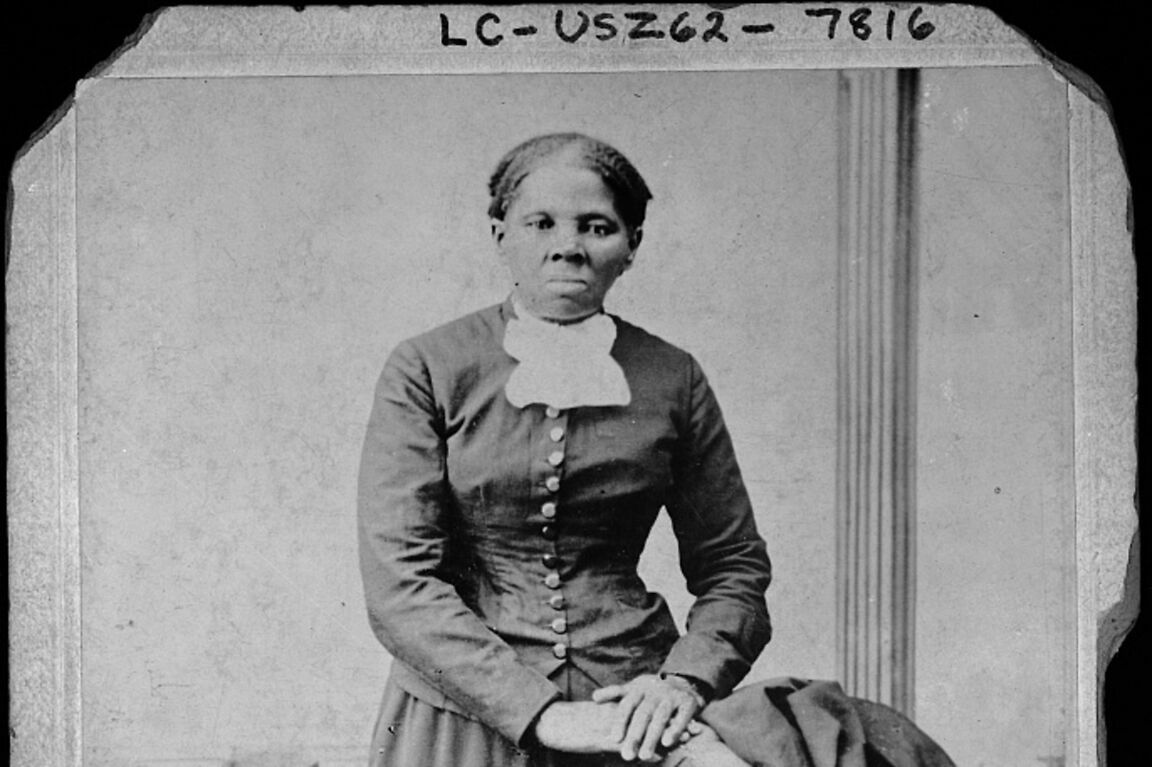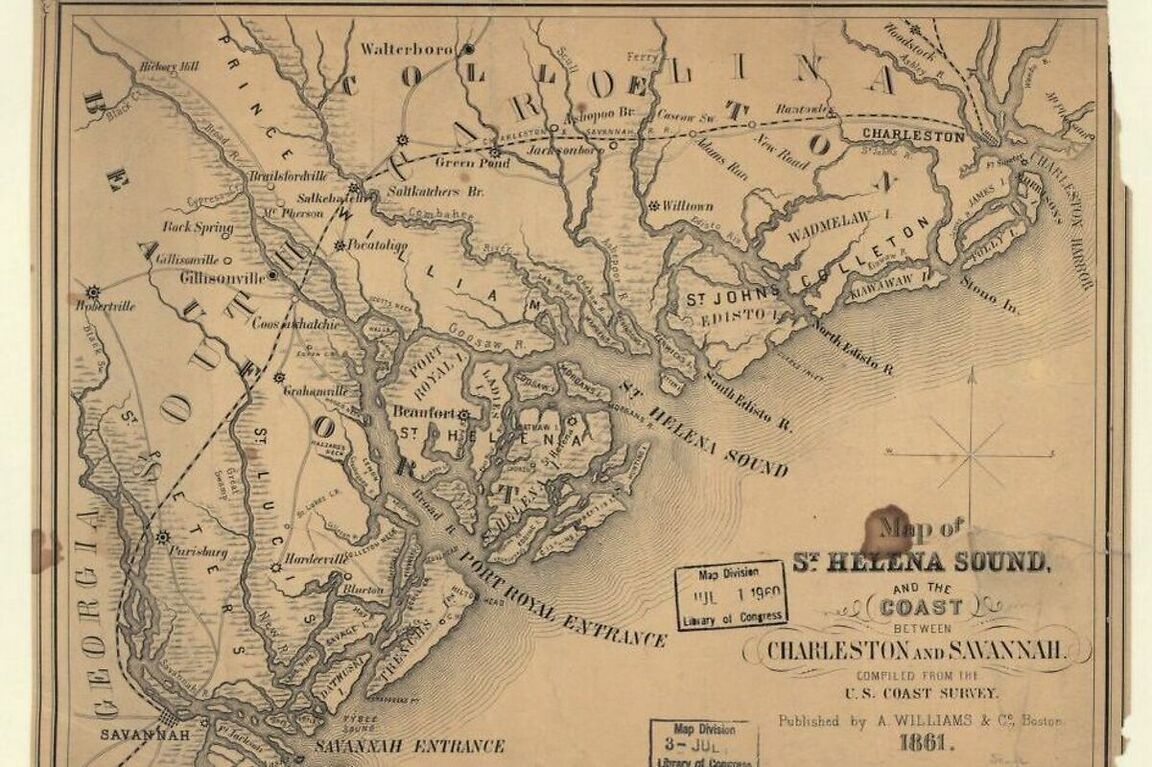During the Civil War, Harriet Tubman was a nurse and spy, and the mastermind behind the first major military operation in American history planned and executed by a woman—one that freed over 700 people. This modules examines how Harriet Tubman used her knowledge of Maryland as a border state to influence decisions that impacted the Civil War. Students will analyze primary source photographs and maps from the era, and consider discussion prompts for more dialogue and deeper reflection.
Essential Question:
How are people motivated to change their society?
Thinking Questions:
- Why was Harriet Tubman convinced the Emancipation Proclamation was not enough to end slavery in the United States?
- How did Harriet Tubman use her knowledge of Maryland as a border state to influence decisions that impacted the Civil War?
- How does Harriet Tubman contribute to the Union Army efforts during the Civil War?
- What influenced Harriet Tubman to serve as a spy in the Civil War?
- How would you explain Harriet Tubman’s successes in the war effort to gain control in South Carolina and free over 700 enslaved people?









